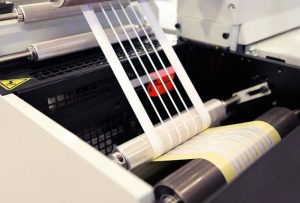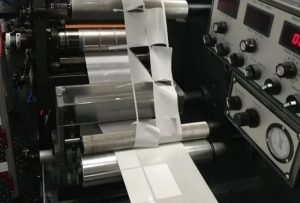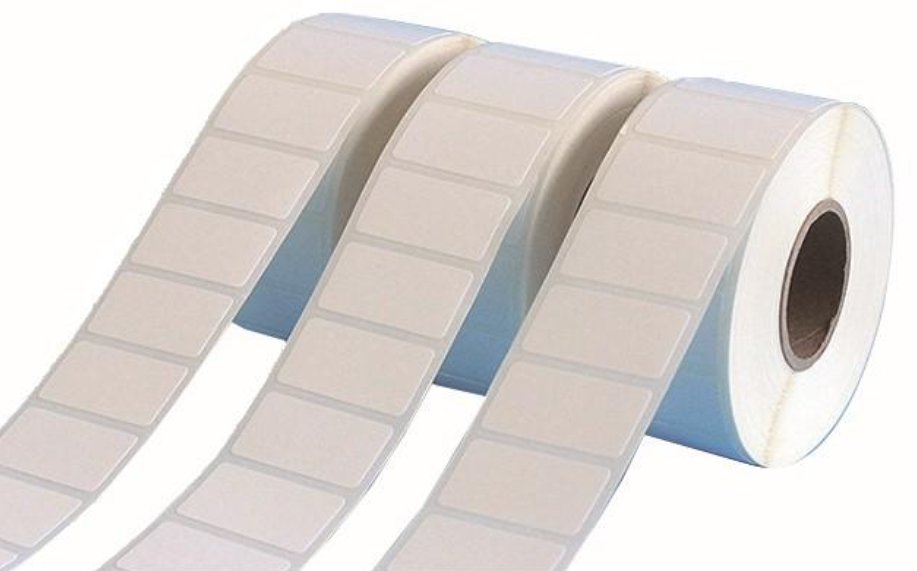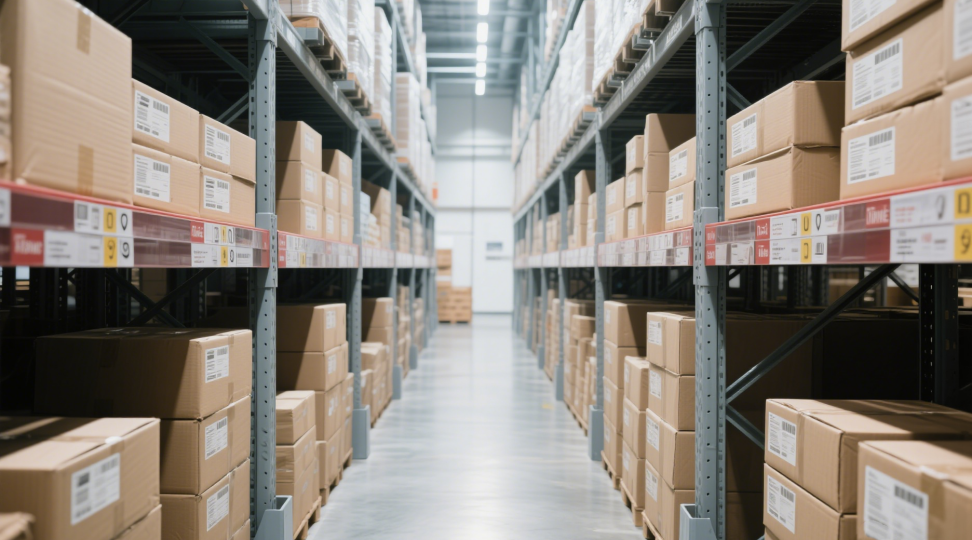How to Solve Pressure-Sensitive Label Adhesive Bleeding: A Comprehensive Guide
Adhesive bleeding, or “oozing,” is a common issue in pressure-sensitive labels, where excess adhesive seeps beyond the label edges. This not only affects aesthetics but also compromises functionality, leading to equipment contamination, reduced adhesion, and compliance risks. At GemmeLabel, we specialize in delivering high-quality adhesive solutions tailored to industrial and commercial needs. This guide explores the root causes of adhesive bleeding and provides actionable strategies to resolve it, ensuring your labels perform flawlessly.
Understanding the Causes of Adhesive Bleeding
Adhesive bleeding often stems from mismatched materials, improper application, or environmental factors. Key contributors include:
-
Incorrect Adhesive Selection: Using adhesives incompatible with the label substrate or surface material can cause uneven spreading.
-
Excessive Adhesive Application: Over-application during coating creates surplus adhesive that migrates outward.
-
Temperature Fluctuations: High temperatures soften adhesives, increasing bleeding risk.
-
Poor Surface Preparation: Dust, oil, or moisture on substrates disrupts adhesive bonding, forcing excess glue to escape.
Step 1: Optimize Adhesive Selection
Choosing the right adhesive is critical. At GemmeLabel, our adhesive selection guide recommends:
-
Permanent vs. Removable Adhesives: Permanent adhesives (e.g., acrylic-based) resist temperature changes and humidity, ideal for outdoor or industrial labels. Removable adhesives suit short-term applications but require precise coating to prevent oozing.
-
UL 969-Compliant Adhesives: For labels requiring durability, opt for adhesives certified under UL 969 standards, which guarantee resistance to chemicals, UV light, and abrasion.
-
Low-Tack Formulas: These reduce adhesive flow while maintaining bond strength, perfect for smooth surfaces like glass or plastic.
Pro Tip: Test adhesives on small batches using our free sample service to evaluate performance under real-world conditions.
Step 2: Refine Coating and Application Processes
Precision in coating and application minimizes bleeding:
-
Controlled Coating Thickness: Use calibrated coating systems to apply adhesives evenly. Aim for 18–22 grams per square meter (GSM) for most applications.
-
Temperature and Humidity Control: Apply labels in environments between 15–30°C (59–86°F) with <60% humidity to stabilize adhesive viscosity.
-
Surface Preparation: Clean substrates with isopropyl alcohol to remove contaminants, ensuring optimal adhesion and reducing excess glue.
Step 3: Implement Advanced Label Materials
Material choice directly impacts adhesive behavior:
-
Polyester and Vinyl Films: These durable materials resist stretching and temperature shifts, preventing adhesive migration.
-
Linerless Labels: Eliminate silicone liners to reduce waste and avoid adhesive transfer issues.
-
Protective Coatings: Apply UV-resistant laminates to shield adhesives from environmental stressors.
Step 4: Maintain Equipment and Monitor Quality
Regular maintenance ensures consistent adhesive application:
-
Clean Dispensing Equipment: Residue buildup in coating rollers or nozzles leads to uneven adhesive distribution. Clean machinery daily with warm, soapy water or solvents recommended for water-based adhesives.
-
Calibration Checks: Verify coating thickness monthly using precision gauges.
-
Quality Control Testing: Conduct peel tests (per ASTM D3330) and environmental simulations to validate label durability.
Step 5: Address Environmental Challenges
Labels exposed to harsh conditions require special considerations:
-
High-Temperature Environments: Use thermoplastic rubber (TPR) adhesives, which withstand up to 150°C (302°F).
-
Chemical Exposure: Opt for chemical-resistant adhesives, such as those meeting UL 969’s PGJI2 certification.
-
Outdoor Use: Combine UV-resistant films with permanent adhesives for labels exposed to sunlight or moisture.
Case Study: Solving Adhesive Bleeding in Food Packaging
A beverage company faced label bleeding due to refrigeration cycles. By switching to GemmeLabel’s low-temperature acrylic adhesive and optimizing coating thickness to 20 GSM, bleeding was reduced by 92%. Labels now withstand -40°C to 80°C without compromise.
Industry Standards and Compliance
Adhering to global standards ensures reliability:
| Standard | Purpose | Relevance to Adhesive Bleeding |
|---|---|---|
| UL 969 | Label durability | Certifies adhesives for chemical/UV resistance |
| ISO 9001 | Quality management | Ensures consistent coating processes |
| ASTM D2860 | Adhesive testing | Validates peel strength and flow control |
Conclusion
Solving adhesive bleeding requires a holistic approach—combining the right materials, precise application, and rigorous quality control. At GemmeLabel, our pressure-sensitive adhesive solutions are engineered to meet diverse industrial demands, from UL-certified labels to custom formulations. Visit our Adhesive Selection Guide to explore products designed to eliminate bleeding and enhance label performance.
By addressing root causes and leveraging advanced technologies, you can achieve clean, durable labels that uphold brand integrity and compliance. For personalized support, contact Gemmy Label’s experts today—we’re here to help you master the science of adhesion.




